8. The Hateful Eight (2015)
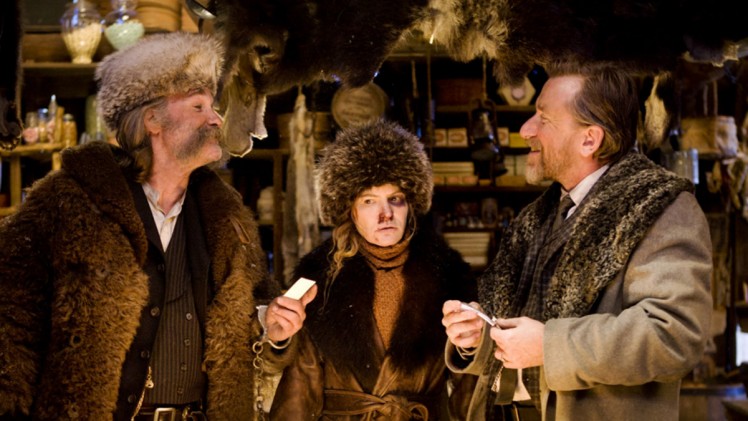
Tarantino’s latest is an ode to multiple classics in various genres, which is business as usual along with it being another that could quite easily be translated into a play.
The film that we nearly didn’t see due to a script leak, almost reads as an excuse to make a film, any film, with a cluster of his favourite movie stars. But, as always, he finds a way to blend each defined character into yet another seamless and bloody crime film. The film surrounds eight individuals who are forced to seek refuge in a remote stagecoach lodge, after a blizzard strikes in Wyoming.
The cabin, in this instance, serves as a hotbed of action and violence, as guns, nerve and vengeance erupt throughout the final half of the film. This is a stark contrast to the freezing cold weather outside and the level of which each conniving member of the eight must attempt to deceive the other in such an open single space is constantly amusing.
It may be a more open and less dense wooded area, but this stronghold feels more isolated than most through Tarantino’s desire to make it a western translation of The Thing. You really do get the impression that the last person standing will be the only one to walk out alive, in this typically entertaining and unadulterated QT bloodbath.
7. The Edukators (2004)
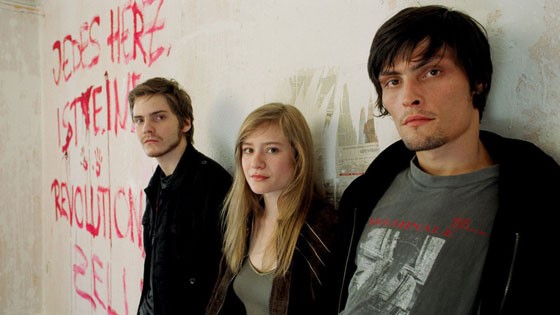
This German-Austrian crime drama sees an idealistic, underground activist trio seeking out political change through their unconventional methods of ‘educating’. The group, that includes a then burgeoning Daniel Brūhl, break into wealthy peoples homes, re-arranging their possessions and scrawling messages on the walls such as “The days of plenty are over”, which are intended to be taken very seriously indeed.
When a phone is left at one of the properties, the non-violent group find themselves confronted by one of the homeowners, leading them to flee to a cabin in the Austrian Alps. This is where the film and its themes come alive, as the sexual politics between the three comes to a head, while the political struggle with their captive becomes the physical incarnation of the deep-seated issues the director intends to discuss.
The youthful far-left views of the group are contrasted with those of the archetypal wealthy European conservative, which are met with weighty retorts from a man who claimed to have similar opinions in his youth. The time spent in the cabin and the level of engagement between the two sides could be seen as Stockholm Syndrome or an obvious attempt to play his way out by picking up on the personal strains that are now held between the captors.
With the cabin being so far detached from the inner-city Berlin of the first half of the film, the characters have an opportunity to look on this place, with its clean air and isolation, to properly analyse how they feel about both the cause and each other. At a two-hour running time and by handling such political stances, it understandable that some may tire of its charms, but hopefully not before they see the loaded and considered ending.
6. Sleepaway Camp (1983)
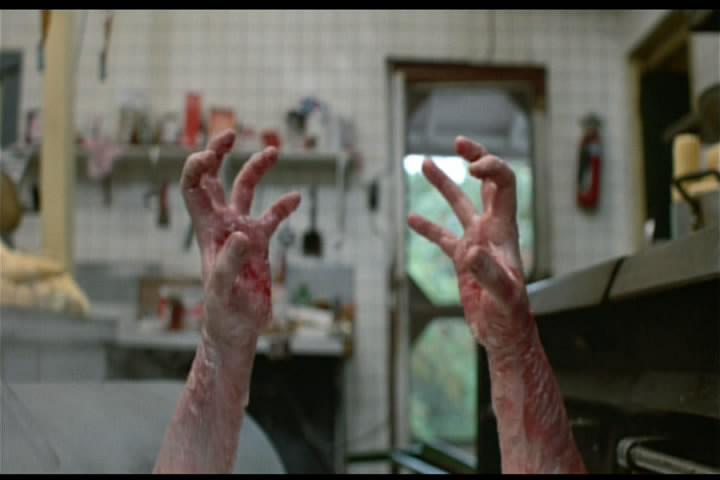
The highest rated of the three summer camp films on this list and certainly the one that possesses the power to leave an indelible stain on its viewer’s psyche. Yet again we begin with a prologue of tragedy, as a father and son are killed in a freak boating accident, survived by the daughter/sister Angela (Felissa Rose). 8 years later and Angela, now an introverted teenager, is sent to a summer camp Arawak by her eccentric aunt where a killer is, of course, on the loose.
The first few deaths are deemed accidental, until the body count begins to pile up and the sheer number of missing kids begins to become unavoidable, with the police finally called in to track the cold killer.
The impact of the finale in this film is difficult to put into words, as it is a rare thing that transcends the genre by being so distinguished through its bizarre nature and overall shock value. There is obviously an argument that the ends don’t justify the means, but the divisive nature of the film probably stems from how palatable the viewer is to 80s horror or not.
The dynamic for the film is set in the girls’ cabin almost immediately upon Angela’s arrival, whereby the more confident girls naively seek attention from the older boys and assert their authority on the rest of the group. Though one of the more mature girls attempts to make Angela feel at home, she can only sit frozen in an unbroken stare, as she looks at her more confident and dolled up peer, whose situation she is both envious of and despises.
5. Queen Of Earth (2015)
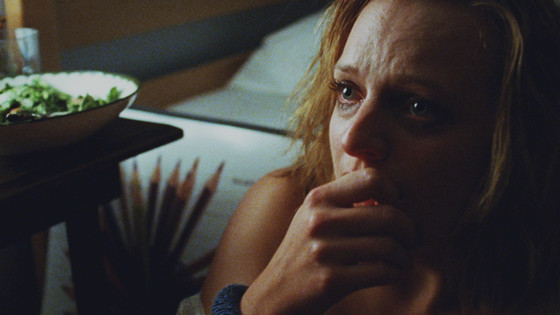
A real gem of recent American independent cinema and featuring standout performances from two, now renowned, actresses at the top of their game in Elisabeth Moss & Katherine Waterston. Directed by Alex Ross Perry, this Bergmanesque tale of an unravelling friendship delves deeply into the psyche of these women and particularly Elisabeth Moss’ Catherine, whose recent divorce and loss of her father has sent her into a psychological tailspin.
What starts out as a relaxing vacation to a lake cabin, as they had done the previous year before Catherine’s change of circumstance, turns into the opposite of tranquillity as the pair get under each other’s skin via fresh and old wounds.
The idyllic external surroundings and magic hour cinematography are quickly contrasted by the internal constraints, as the cabin becomes a portal for honesty, realisation and the eventual decline of the character. It’s a disquieting and introspective film, which demands attention and recognition of its nuance; its subtle gazes that gradually signal the downturn in positive thinking.
In a quite outstanding, vivid, socially surreal scene, the cabin really does begin to close in on Catherine, as we are shown what a nervous breakdown may look and sound like in a Rosemary’s Babyesque degree of false belief. Ultimately, it’s an art film that leaves behind a gut feeling and an evocative, resounding portrait of illness, in lieu of a concluding narrative scene.
4. The Cabin In The Woods (2011)
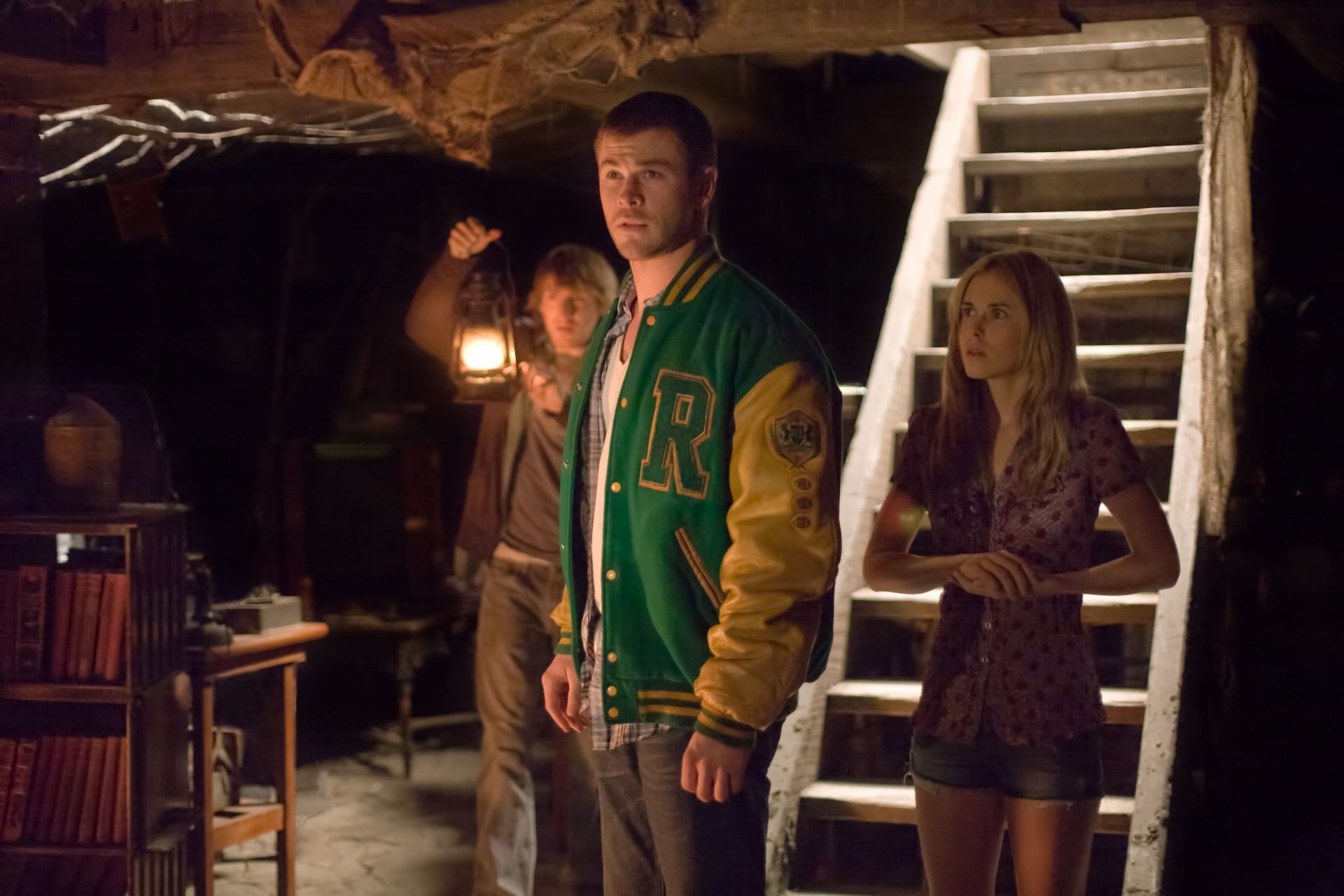
In perhaps the best modern deconstruction of horror conventions, Drew Goddard & Joss Whedon caught most people off guard with this astute and unexpectedly savvy horror-comedy. Setting itself up as just about the most conventional cabin in the woods horror film possible, it then takes a sly turn, as we become literally aware of the engine room that runs this, and suggestively, every horror film ever made. This really is one best enjoyed by horror aficionados, who will get an awful lot of pleasure out of it the deeper it goes and commits to its meta premise.
The purpose of the film is to turn everything you think you know on its head, while simultaneously obeying the laws and conventions that are expected. The characters initially attempt to treat their stay as just the ‘fun weekend away with friends’, but are thrust into actually using their heads as they try to break the formula. Due to level of awareness this film possesses, the majority of the peril and genuine horror is drained from the film, but this certainly shouldn’t detract from what this film can offer.
The cabin is intentionally self-referential and based pretty much on the Evil Dead blueprint. The typical cellar even features various trinkets and props from various other films, each with their own capability of unleashing a specific demon and is one of the many examples of the fine attention to detail in the film.
3. Antichrist (2009)
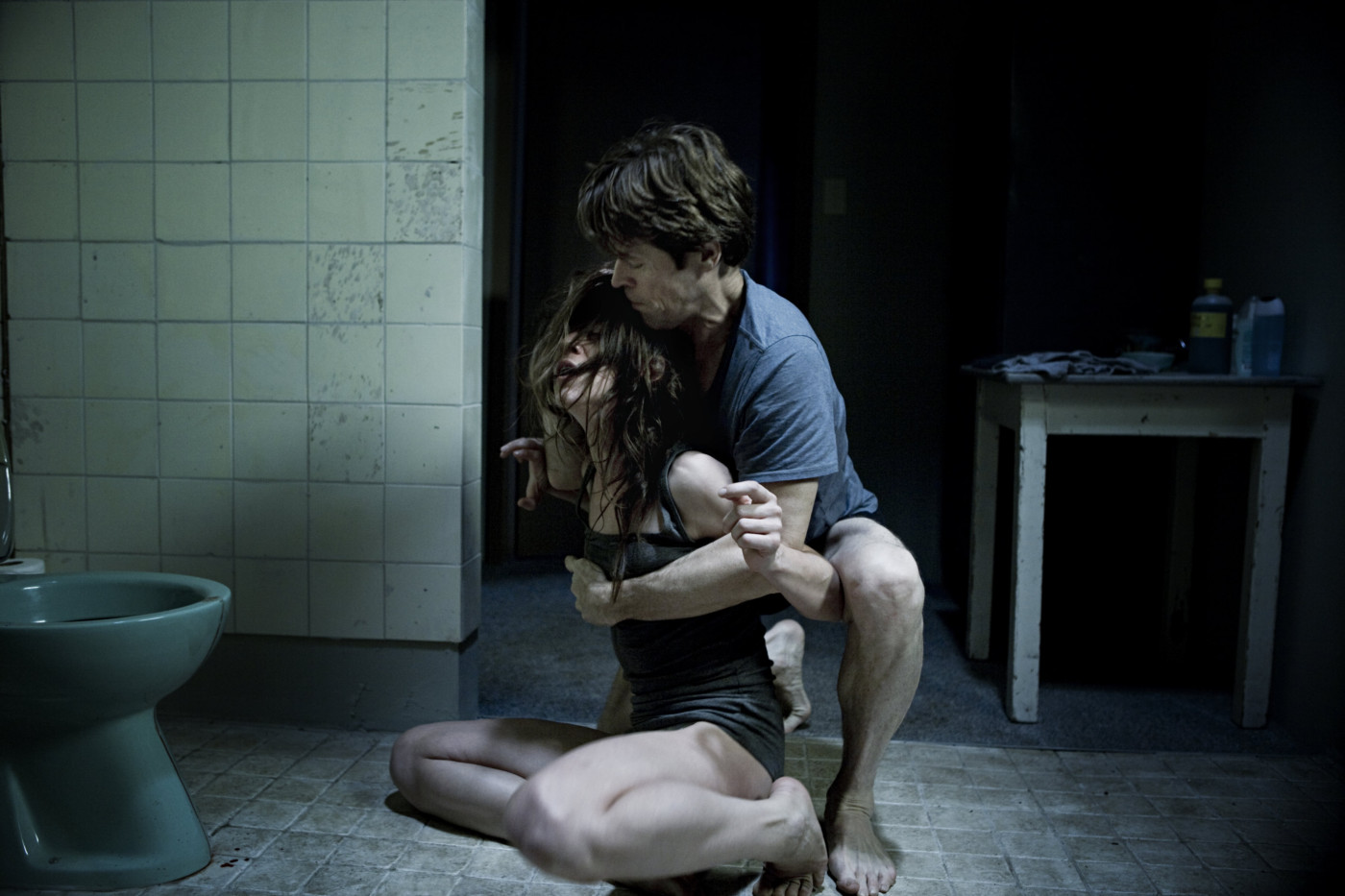
Comfortably the darkest of the fifteen, this divisive wonder from maverick director Lars Von Trier holds so much power, due to its unshakable sincerity and devastating imagery. Shot in black and white, the prologue is presented like a nightmarish arthouse enactment, which is almost dreamlike in its approach through the choice of operatic soundtrack, as a couple tragically lose their son to an open window while a couple (Charlotte Gainsbourg & Willem Dafoe) are having sex in the shower.
This tragic event triggers the ensuing mental breakdown of the pair as they try to comprehend and deal with the guilt. It sets up a painstakingly morbid turn of events, as the two turn against each other in what is a leftfield attempt at catharsis.
The reputation of this film generally precedes itself and there are images of violence that are nigh on impossible to shake off and the hollow, dilapidated cabin is the perfect embodiment of their internal struggle. Dedicated to Andrei Tarkovsky, this is Von Trier’s attempt to emulate some of his movie magic that combines themes of dislocation, suffering and the contrasting gorgeously stark imagery.
As a fox says at the end of the second chapter: “Chaos reigns” and the way in which the two don’t relentlessly mistreat each other, is one of the reasons why this arthouse endurance test didn’t sit well with large portions of its audience. Whether you react negatively or not to it, it is one that possesses the power to inspire and shock in equal measure, remaining a powerful example of a director entwining his personal issues with his work to make something that really matters to him.
2. Martha Marcy May Marlene (2011)
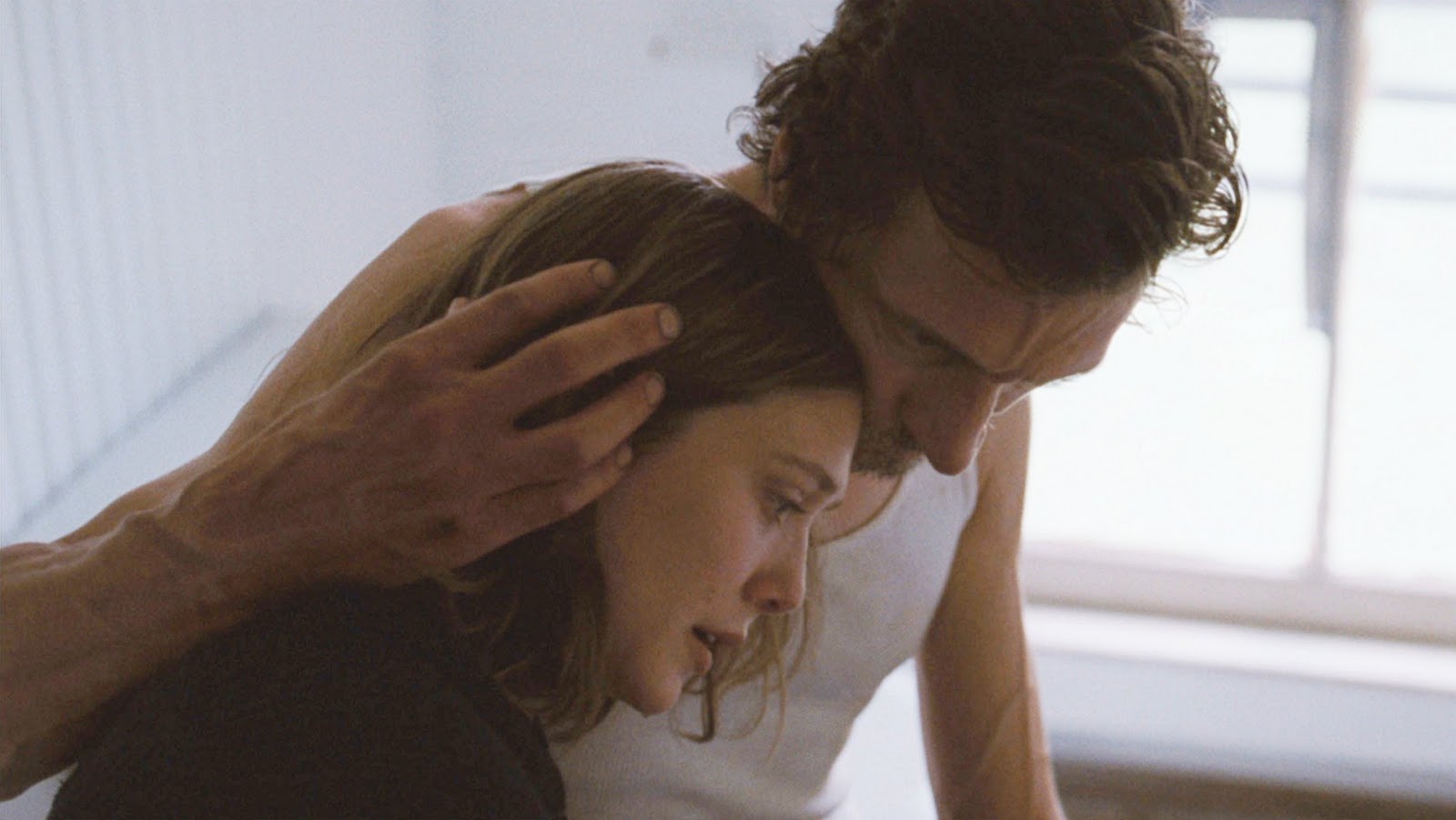
Since picking up a Best Director Award at Sundance, Sean Durkin, Borderline Films and Elizabeth Olson have firmly landed on the American independent movie scene. If you’ve seen the previous and subsequent efforts from Borderline, the quality of this film (on a mere $1 million budget) will come of no surprise.
This story of a psychologically frail young women (Olsen) grappling between flashbacks of her recent past in a cult and her current situation with her judging sister (Sarah Paulson), is a tale of two cabins which each present their own individual strains and comforts. Convinced that her past will come crashing back into her new life, she has visions of people which, through her skewed gaze, gradually build to one of the most striking, non-event endings in recent memory.
In not too dissimilar a territory to Queen Of Earth, Durkin’s film is an altogether more complete portrait of a mental decline, by filling in the majority of the gaps between these two worlds that Martha’s head is entertaining.
The great central talking point from the material, is where is this young woman better off? You’d assume that her sister has her best interests at heart, but Paulson’s character delivers similar emotional abuse, albeit from a different angle, to the Mansonesque cult leader played by John Hawks. It’s this struggle between the two places that she must battle, from where her head says she should be for a ‘normal’ future and her heart which is perhaps more comfortable in another way of life all together.
1. Evil Dead II (1987)
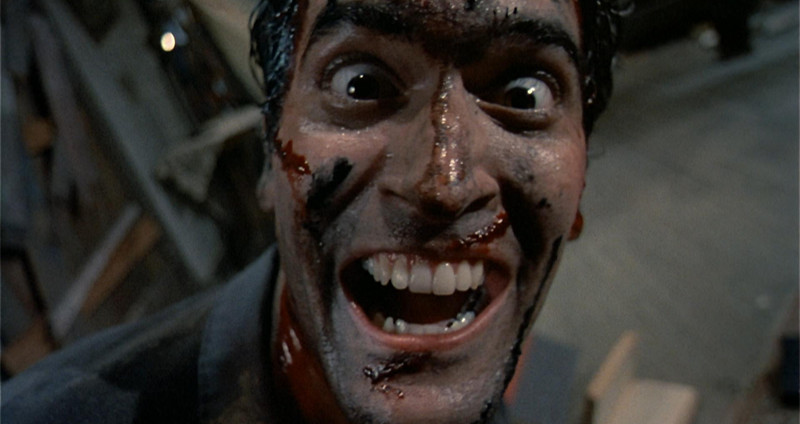
The undisputed champion of cabin in the woods films and one that manages to perfectly encapsulate the dynamic potential of the setting, which in this case, is from horror to comedy. The second instalment in the series has been chosen to represent the three films out of the four set in cabins and it’s certainly the most critically lauded of them all.
Ash (Bruce Campbell) is thrust into a personal nightmare as his girlfriend is inexplicably taken from him and quickly becomes one of many obstacles, including his own hand, which he must vanquish in order to succeed. From the sinister riff on Beauty And The Beast, as inanimate objects come alive inside, to the trees outside and the now trademark cellar where exclusively evil spirits lie.
Everything and including the kitchen sink is thrown into the concept, which pushes it over and beyond what was expected from Sam Raimi at this stage of his career. The craft and evident joy from the constantly inventive, sprawling camera work, to the incessant need to elevate the creativity in the set-design to the practical effects, from one scene to the next.
There probably isn’t any more to say that hasn’t already been said about such a masterful film, that has managed to transcended its schlocky origins and become not only one of the best horror films of all time but greatest films ever made. Admired by directors, critics and fans, this is rare beast that has endless rewatch value and is absolutely essential when considering just what is possible with the medium, providing you have a playfully creative eye akin to Raimi.
Author Bio: Ian Martin is a script editor and reader living in London, with a primary interest in Horror, Neo-Noir & Arthouse cinema. He critically explores an eclectic array of films when co-hosting a film review podcast entitled Straight Jack, which is available through iTunes.